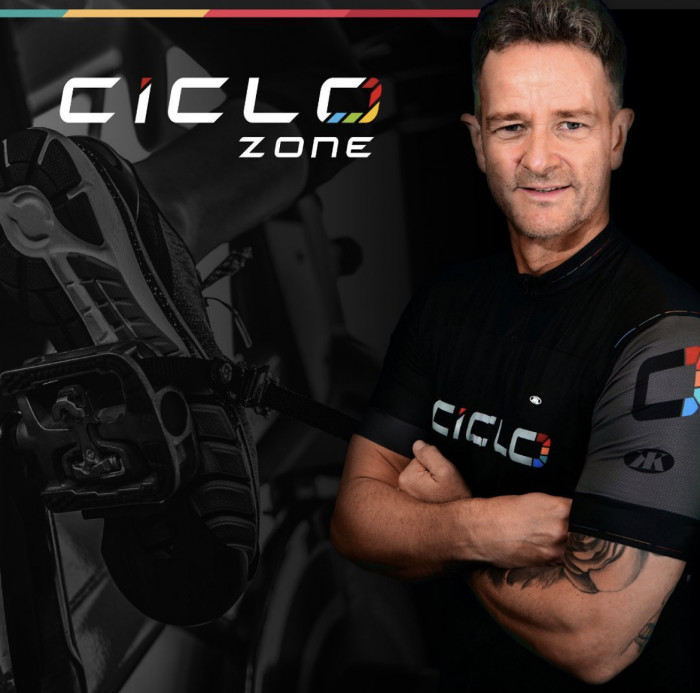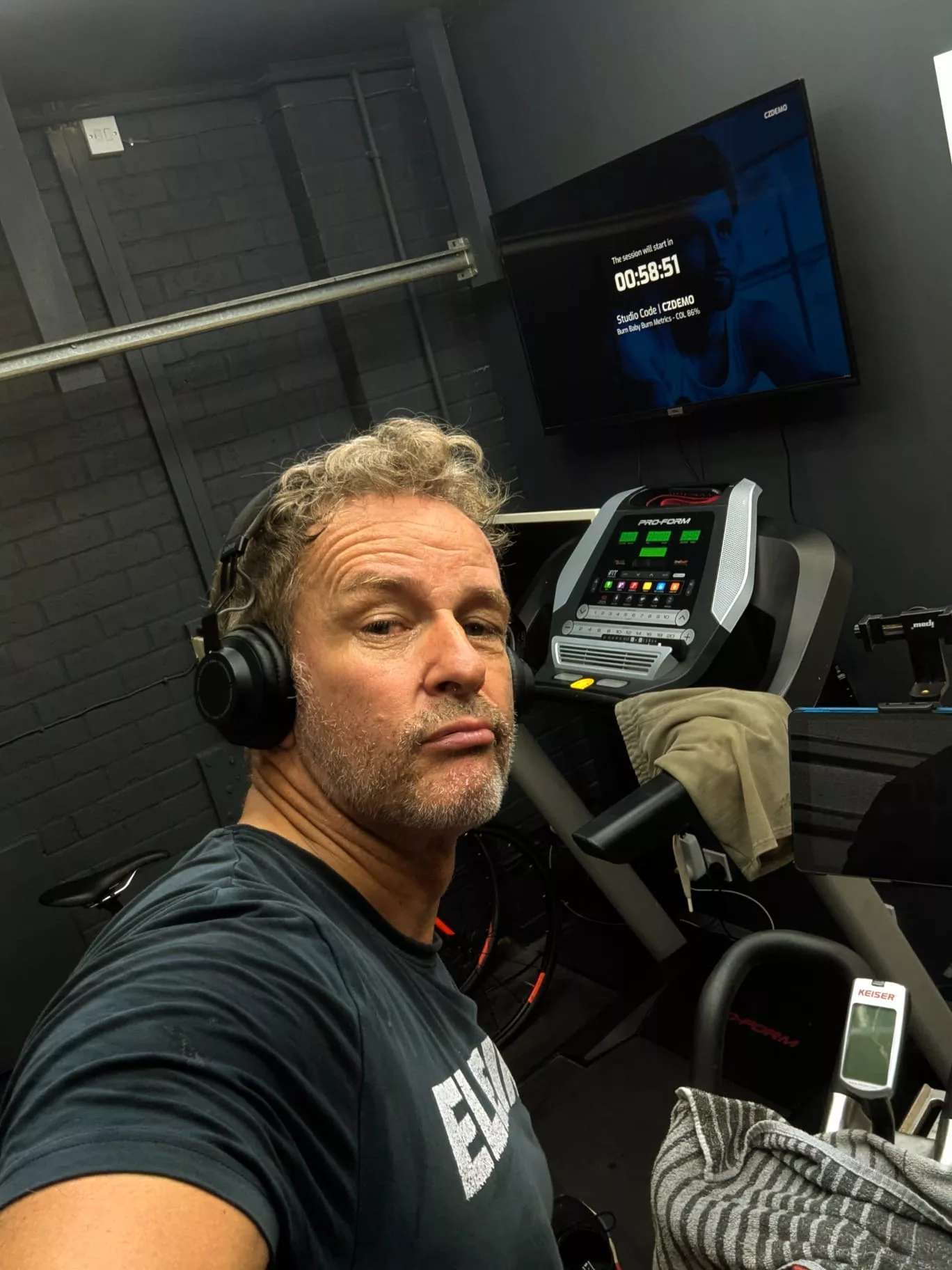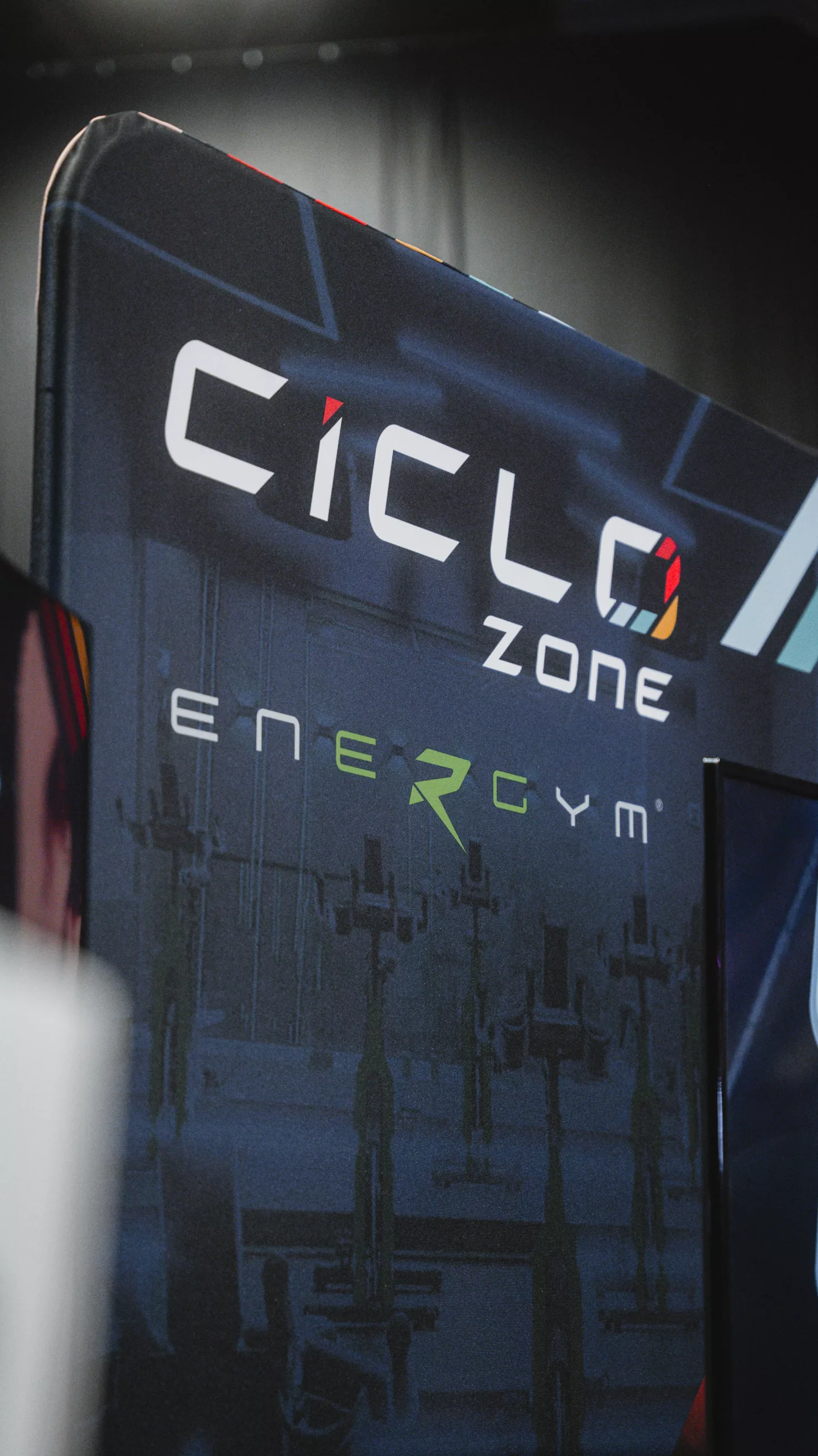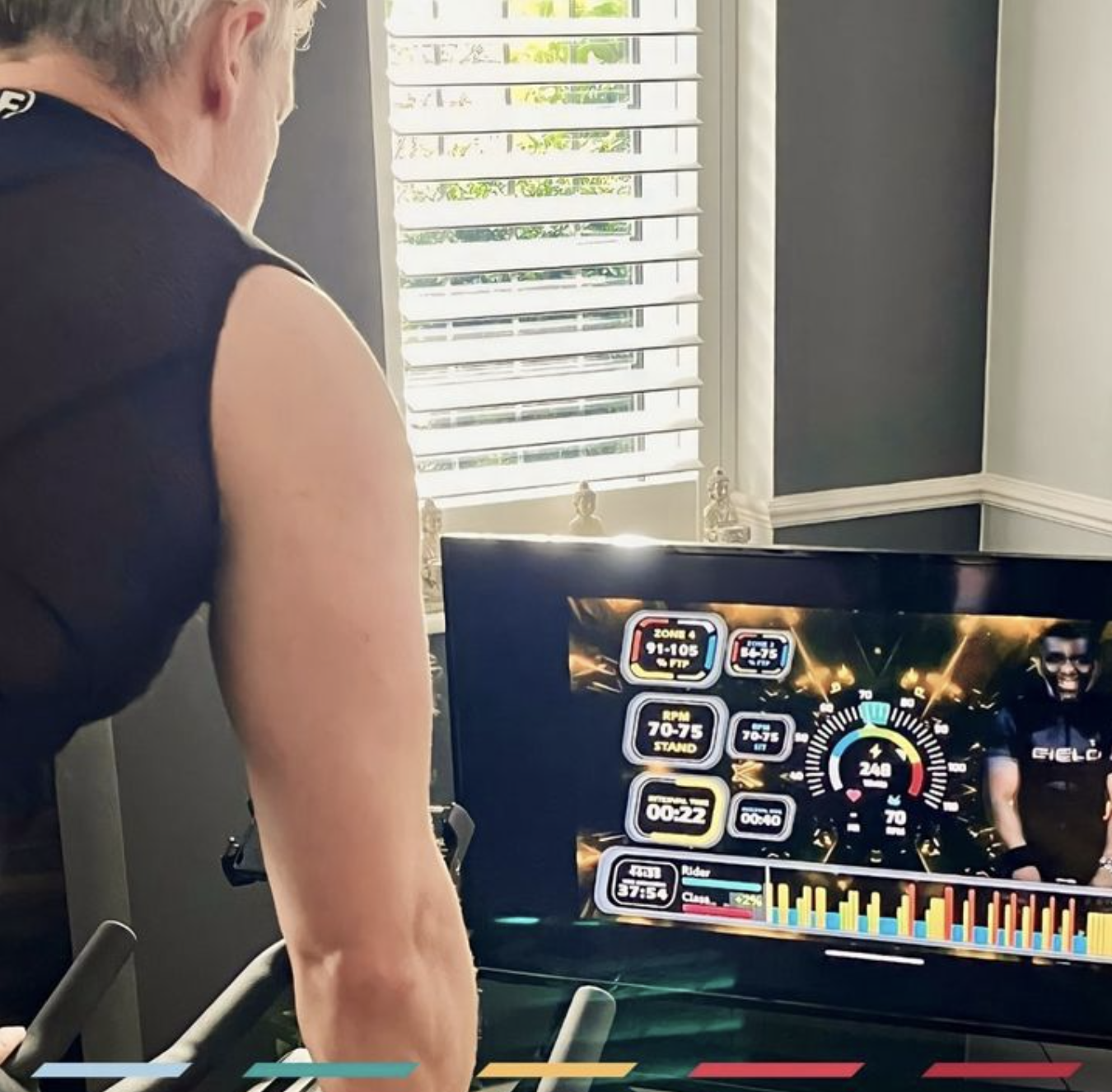In the world of cycling and of indoor cycling, we embrace the training methodology given to us by the studies of Hunter Allan and Dr. Andrew Coggan in the world of Functional Threshold Power (FTP) and Zonal Power Training.
There is however one training modality, which is fundamentally addressed in the world of cycle training but very rarely addressed in the world of indoor cycle sessions, and that is the direct influence that cadence or RPM has on the way our bodies produce power on a bike.
A very famous and influential pro-cycle team owner once told me that when adding the knowledge of cadence to the knowledge of power then the results are squared. At Ciclozone, I devised the metric data point that we call CicloZone Output Level (COL) % to include the importance of RPM in our power intensity calculations within our classes. Our COL% takes into consideration of course the amount of resistance that is placed upon the pedal, but we include coefficients and algorithms to calculate the effect that creating that power at certain cadences has on the metabolic cost to your body. Creating your power at 60 to 65 RPM out of the saddle for example is much easier than creating it seated between 85 to 90 RPM, simply due to the effect that gravity has on the mass of your body and how that helps you push down on the pedals.
We take all this into consideration at CicloZone and we feel that a COL% value placed on the profile of a training session is a lot more useful in a group cycling sessions, especially when comparing the results of male and female riders of different sizes and masses. To understand the reason why this is important we have to look at why cadence is so important when riding a bike.
We can start at the heart of of power training by looking directly at the equation for power itself. Power = Force(resistance) X Velocity(RPM) and any variance in either one of those metrics will of course increase or decrease the amount of power that we produce but more importantly, when we look at that equation the variance in the RPM also changes the emphasis on which energy system from which we create our power and the metabolic cost that creating that power incurs.
From thousands of hours of research we can now deduce that the optimal cadence for production of power with minimal metabolic cost is generally between 85 and 95 RPM. By emphasising the strength endurance element of our pedal rotation and pedalling at a lower cadence we incur more lactic acid production and by peddling faster we accentuate our speed endurance and neuromuscular recruitment and aerobic cost.
The basic definition of of our base data metric for cycling, which is FTP, involves producing the highest amount of average power for a 60-minute session and therefore demands we strike a balance between the amount of power we produce simply due to the amount of time we have to produce it for, and it is this time element which makes cycle training so beneficial to the human body. A simple 6 s max power output is very similar to a one rep max in the gym… extremely impressive but on the whole relatively pointless unless you are training for that specific target.
With all this in mind it still amazes me how many indoor cycle sessions still target that low cadence rate of between 60 and 65 RPM especially those beat classes where the instructor favours EDM (electronic dance music) at 60-65 bpm. This type of class is especially ineffective when dealing with riders over the age of 40 years in terms of basic human function because as the human body ages we only lose a very small percentage of our strength endurance as opposed to a huge percentage of a speed endurance between the ages of 20 and 60 years.
A slow indoor cycle class misses an enormous opportunity to increase that neuromuscular activity and return speed, agility and reaction to a person who is suffering from the effects of ageing. Once again, I need to remind you that Power = Force X Velocity, so by increasing the speed at which a person can recruit muscles and move will also increase the amount of power they produce, and doing so on a bike with minimal impact on connective tissues and eliminating the negative effects that gravity can have on floor based exercises.
A good instructor should realise that BPM and therefore RPM play enormous parts in the training their riders received and a great instructor will know how to integrate that changing BPM to their music and into the profile of their classes.
Apart from years of training and personal experience, as I move well into my 50s my evidence for this can be seen every day on the roads. Cyclists generally continue to ride well into their 60s and 70s quite competently, keeping up with with with riders half their age and the effects of years of cycling can be seen as they they get off their bike into the coffee stop and move around effortlessly on their feet with good posture and little or no discomfort. Some cyclists, who I’m proud to call my friends, have a level of physicality that most 30-year olds would be jealous of even though so they’re pushing into their 60s.
All in all, I believe general spinning or indoor cycling instructors are relatively poorly educated in terms of cycling physiology and are oblivious to the effects of simply turning a pedal arm against resistance on the human body. The problem I have with this is that it is still a cycle class, whatever ‘spin’ you put on it and although we are not actually moving, the physiology and benefits of riding an indoor bike is still identical to riding on the road.
We seem to have an awful lot of dance instructors teaching an awful lot of people how to ride a bike, and of course I understand there is a place for these soul cycle type sessions, but we also have to recognise that there are an awful lot of cyclists who simply do not go to indoor cycle classes because they have an aversion to doing anything on a bike that they wouldn’t do on the roads. A lot of cyclists really love to train to a beat and motivational instruction, let’s not forget that.
A great instructor can teach an amazingly entertaining class by maintaining the music and it’s beat at the core, but also keeping hold of basic cycle training science at its heart, and this is at the very core of the CicloZone brand. We do this by giving every one of our sessions a distinctive COL% value which is calculated when we create our class profiles from the intensity and cadence combination of every single interval.
We ask our riders to pay attention, not only to the coloured zone in which they are producing their power, but also to the beat of every track in the class which lays out the RPM for each interval.
By paying attention to both elements of the power equation any rider with CicloZone quickly realises that the most productive minute they have ever spent on any bike at any time will always be on a Ciclo Session… stay in the zone, by staying on the pace!




